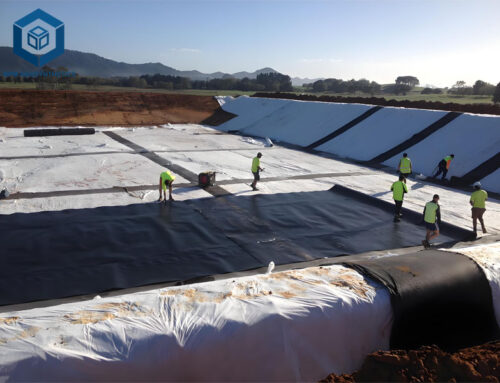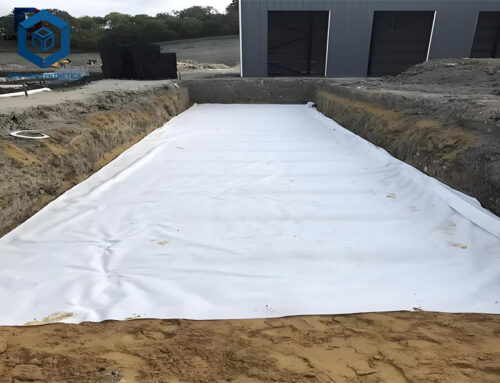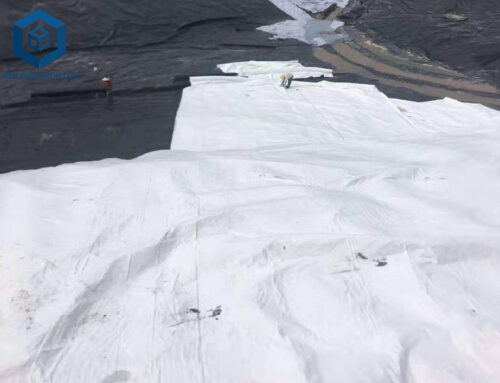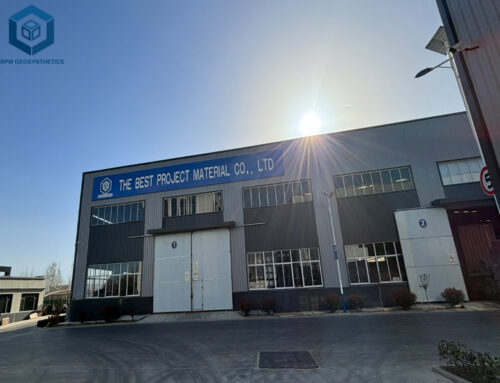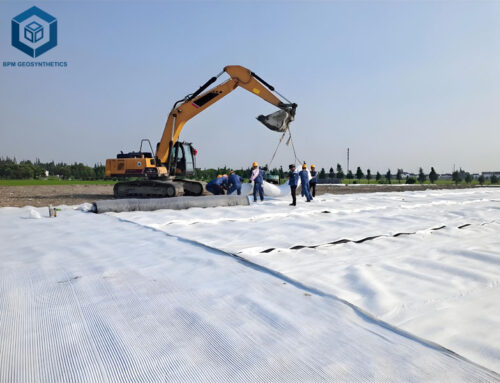Geotextile fabrics are an important part of the construction field and play a vital role in civil engineering and geotechnical engineering applications. It provides functions such as soil stabilization, erosion prevention, filtration, and drainage. From road construction to landscaping, best geotextile fabric plays an important role. Then, with the wide variety of geotextiles available in the geotechnical materials market, it can be challenging to choose the Best geotextile fabric for a particular project. This article hopes give you reference suggestion when you choose the right geotextile for your construction project. However, as this comprehensive guide is designed to help engineers, designers, and construction professionals provide an in-depth analysis of key considerations, material properties, and application needs.
1. What Is Best Geotextile Fabric?
Geotextile fabrics are versatile, permeable synthetic materials that play a crucial role in a wide range of civil engineering and construction projects. These fabrics, typically made from polymers such as polyester or polypropylene, are designed to enhance soil stability, provide erosion control, and aid in drainage.
Geotextile fabrics can be classified into three main categories: woven, non-woven, and knitted. Each type offers unique characteristics and performance attributes, making them suitable for different applications. Woven geotextiles are known for their strength and durability, while non-woven geotextiles excel at filtration and separation. Knitted geotextiles, on the other hand, are highly flexible and adaptable.
The selection of the best geotextile fabric depends on the specific requirements of the project, such as the need for separation, filtration, drainage, reinforcement, sealing, or protection. Geotextiles are widely used in the construction of roads, drains, harbor works, breakwaters, land reclamation, and a variety of other civil engineering undertakings. By strategically incorporating geotextile fabrics, engineers can enhance the performance and longevity of these critical infrastructure projects.
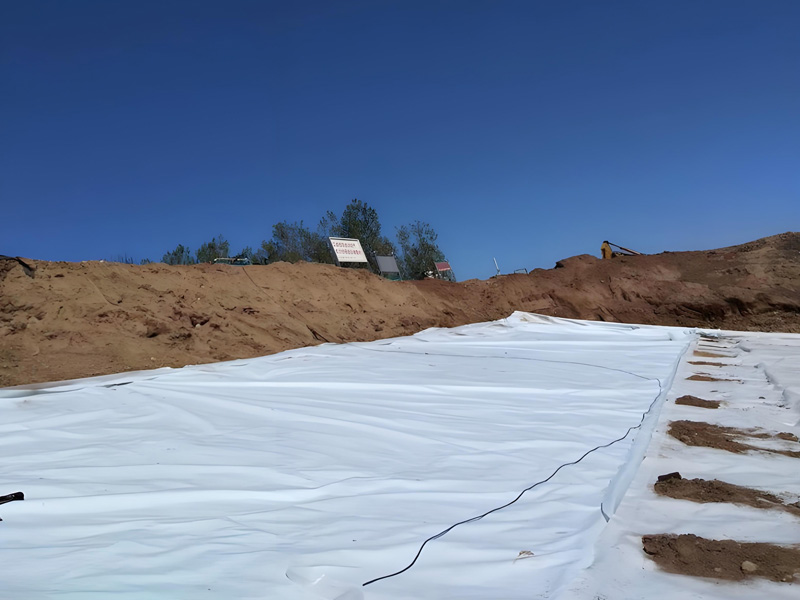
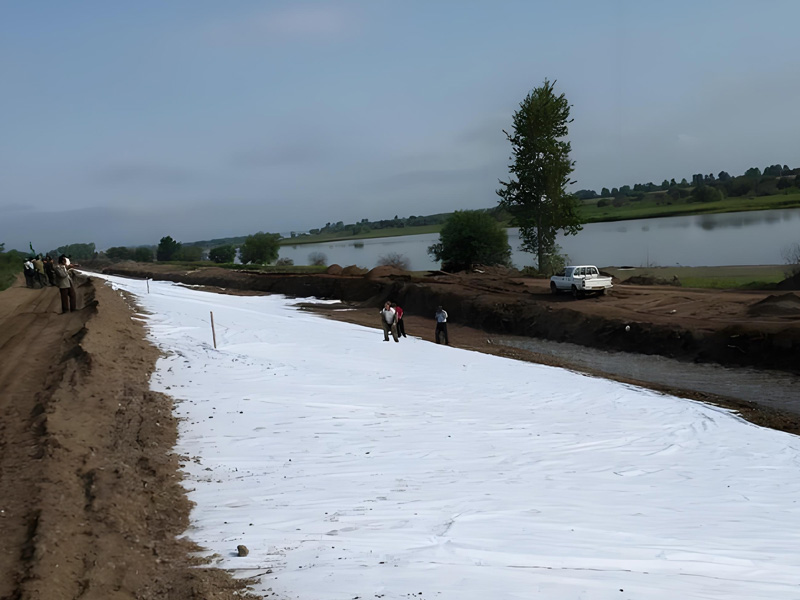
2. What Are Benefits of Best Geotextile Fabric?
The benefits of using the best geotextile fabric in construction and engineering projects are numerous and can have a significant impact on the overall success and longevity of the project. Here are some of the key advantages:
2.1 Enhancing Structural Integrity
Geotextiles can help reinforce soil, making it stronger and more capable of withstanding heavy loads. This is particularly important in applications like road construction, where the geotextile distributes weight evenly and prevents soil erosion.
2.2 Improving Drainage
Efficient drainage is crucial to avoid stagnant water, which can erode the foundations of a structure. Geotextiles with the right permeability properties contribute to effective drainage while preventing soil erosion.
2.3 Soil Separation and Filtration
Geotextiles act as a barrier, preventing the mixing of fine and coarse soil particles. This ability to separate and filter is beneficial in applications such as retaining walls, as it stops soil from seeping into the drainage system.
2.4 Erosion Control
Geotextiles can be used in landscaping and slope stabilization projects to reduce erosion by stabilizing the soil and promoting plant growth.
2.5 Extending Service Life
By selecting the appropriate geotextile fabric, the service life of a construction project can be significantly extended. This helps prevent issues like soil settling, rutting, and cracking, ultimately reducing maintenance and repair costs.
The careful selection and use of the best geotextile fabric can contribute to the overall stability, safety, and sustainability of a wide range of civil engineering and construction projects, making it a critical component in modern infrastructure development.
3. What is Best Geotextile Fabric Used For?
Best geotextile fabrics are employed in a wide variety of applications, with the choice of the “best” type depending on the specific requirements of the project.
3.1 Non-woven Geotextiles
Soil separation and permeability: Non-woven geotextiles are often used to wrap French drains or in conjunction with other subsurface drainage solutions, where both soil separation and permeability are crucial.
Erosion control: Non-woven geotextiles are typically used beneath rock riprap revetments, where both separation and drainage are critical for erosion control.
3.2 Woven Geotextiles
Reinforcement: Woven geotextiles are well-suited for reinforcing soil, making them suitable for applications such as road construction, where they help distribute heavy loads and prevent soil erosion.
Separation: Woven geotextiles can effectively separate different soil types, preventing the mixing of fine and coarse particles, which is important in retaining wall and embankment projects.
3.3 Knitted Geotextiles
Flexibility and adaptability: Knitted geotextiles are highly flexible and can conform to irregular surfaces, making them useful for applications like slope stabilization and landscaping projects, where they help control erosion and promote vegetation growth.
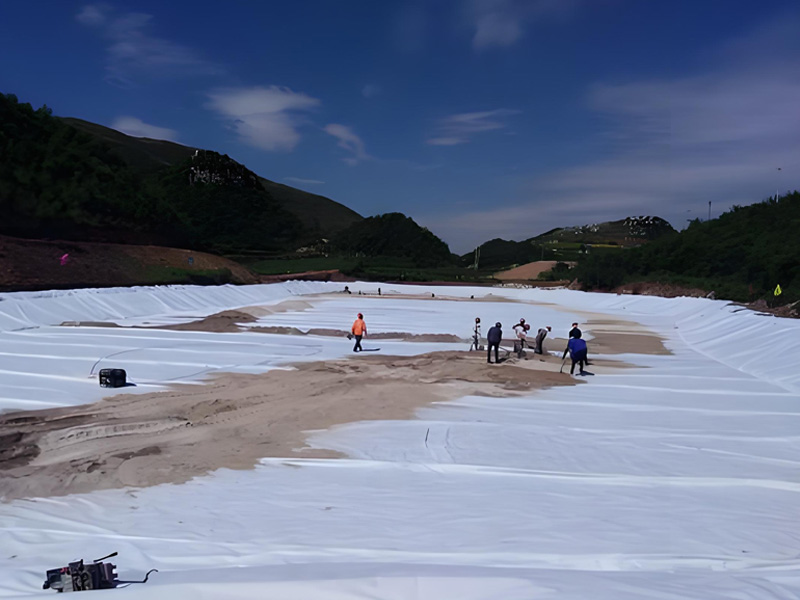
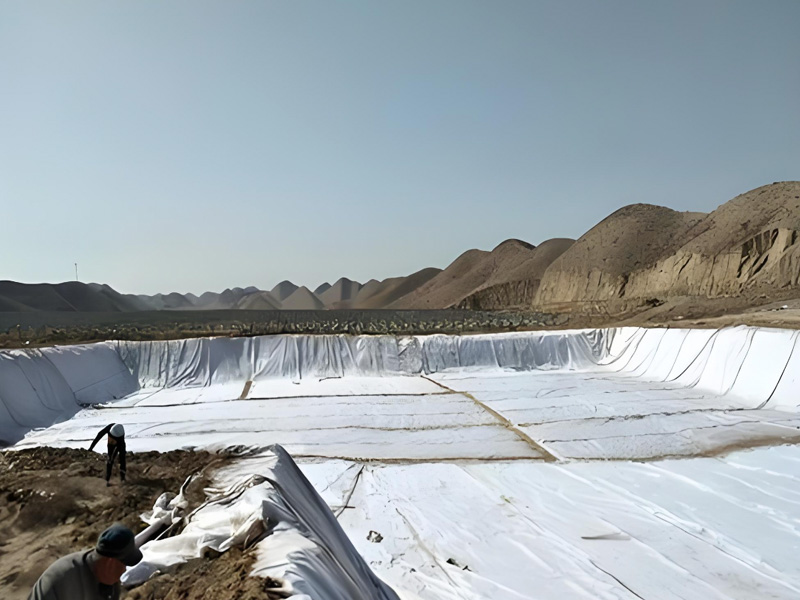
4. How To Choose Best Geotextile Fabric?
4.1 Define project requirements
First, you need to be clear about the specific needs and goals of your project. Determine the main role of geotextiles in the project, such as separation, filtration, reinforcement or drainage. This will help determine the type of geotextile and performance characteristics required.
4.2 Project conditions
It is important to understand the site conditions in which the project is located. We take into account factors such as the type of soil, soil moisture, pH, temperature range, and possible chemical exposure at the construction site.
4.3 Material Attributes
Geotextile material properties are critical to its performance and suitability. Focus on properties such as tensile strength, puncture resistance, elongation, water permeability, and durability of the material. Selecting the right material properties according to the needs of the project ensures that the geotextile can effectively perform the required function.
4.4 Compatibility
Consider the compatibility of geotextiles with other project materials. For example, compatibility with soil, retaining wall materials, drainage systems, etc. Ensure that the interaction of geotextiles with other materials does not cause damage or degrade overall performance.
4.5 Environmental conditions
The performance of geotextiles can be affected by environmental variables such as temperature fluctuations, UV exposure, and freeze-thaw cycles. It is necessary to examine whether the geotextile can withstand the environmental factors of the site.
4.6 Chemical resistance
Best geotextile fabric can sometimes be affected by contaminants or chemicals. If you’re worried about this for your project, choose a geotextile with the right amount of chemical resistance.
4.7 Expected design life
When choosing a best geotextile fabric, consider the expected project life and match the design life to that life. Despite the higher initial price, a geotextile with a longer service life can ultimately save you money on maintenance and replacement.
4.8 Quality and standards
Make sure to choose a high-quality geotextile that complies with the relevant standards and specifications. Learn about geotextiles’ testing methods and quality assurance procedures to ensure they meet the required technical specifications and performance requirements.
4.9 Cost-effective
Considering the cost-effectiveness of geotextiles is an important factor. In addition to the initial material cost, there are also installation costs and long-term maintenance costs to consider. Weigh the balance between cost and project needs, and choose a geotextile that can meet the requirements in terms of economy and performance.
Choosing the Best Geotextile Fabric is an important choice that can have a significant impact on the outcome of your construction project.
5. Summary
Geotextile fabrics are versatile synthetic textiles used in construction to increase soil stability, provide erosion control, and improve drainage. Selecting the optimal geotextile type, whether woven, non-woven, or knitted, depends on the specific project requirements, such as soil conditions, loading, and environmental factors. By carefully choosing the right geotextile, engineers can ensure the long-term performance, stability, and sustainability of their projects, enhancing their overall effectiveness and longevity. If you’re looking for high-quality geotextiles you can trust, BPM Geotextile is the right choice for you. BPM Geosynthetics offers filament geotextiles, polyester staple fiber geotextiles, polypropylene staple fiber geotextiles, woven fabrics and woven fabrics, geotextile types, material types and production processes to meet all your project requirements. Hopefully, this article will provide valuable insights to help you better understand the selection and application of geotextiles.
Any questions, please contact us.

